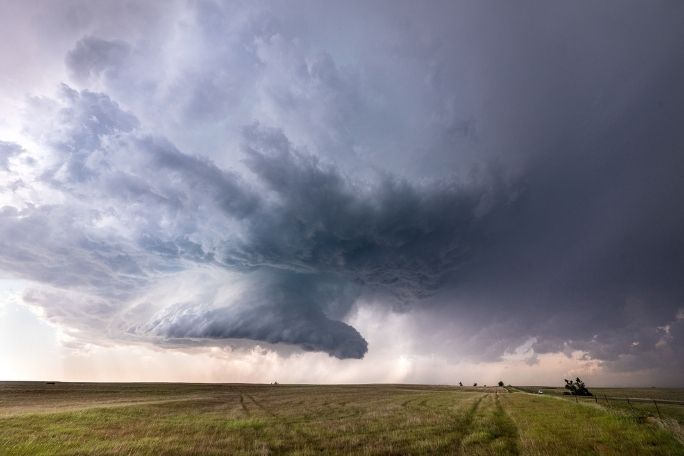Lesson summary
Students examine the global systems (interactions involving the biosphere, lithosphere, hydrosphere and atmosphere) to see how changes to the global systems can potentially impact on the hydrosphere or water cycle. They look for connections between the carbon cycle ie climate change and how this could impact on water resources. They draw conclusions about the link between climate change and water supply and the time scale over which change might occur.
Learning intentions:
Students will...
- understand how the interactions involving the biosphere, hydrosphere and atmosphere influences the availability of water resources
- recognise the links between changes to atmosphere (ie greenhouse gasses and climate change) with potential changes in rainfall
- Students will develop suggested timescales that might be involved with climate change
- propose ways people in Australia will adapt to changes in rainfall patterns and higher evaporation rates.
Lesson guides and printables
Lesson details
Curriculum mapping
Australian Curriculum content descriptions:
Year 9 Science:
- People can use scientific knowledge to evaluate whether they should accept claims, explanations or predictions (ACSHE160)
- Critically analyse the validity of information in secondary sources and evaluate the approaches used to solve problems (ACSIS172)
Year 10 Science:
- Global systems, including the carbon cycle, rely on interactions involving the biosphere, lithosphere, hydrosphere and atmosphere (ACSSU189)
- People can use scientific knowledge to evaluate whether they should accept claims, explanations or predictions (ACSHE194)
- Critically analyse the validity of information in secondary sources and evaluate the approaches used to solve problems (ACSIS206)
Syllabus Outcomes: SC5-13ES, SC5-7WS, SC5-8WS, SC5-12ES, EN5-2A.
Resources required
- Internet Access
- Writing materials
- Student worksheet
Additional info
This is an original Cool.org lesson. Facts and figures in these lessons may have changed since this lesson was published. We always endeavour to update our resources in a timely manner, but if you see an error or issue in our resources please get in touch with us.


Welcome back!
Don't have an account yet?
Log in with:
By signing up to Cool.org you consent and agree to Cool's privacy policy to
store, manage and process your personal information. To read more, please see
our privacy policy here(Opens in new tab).
Create your free Cool.org account.
Many of our resources are free, with an option to upgrade to Cool+ for premium content.
Already have an account?
Sign up with:
By signing up to Cool.org you consent and agree to Cool's privacy policy to
store, manage and process your personal information. To read more, please see
our privacy policy here(Opens in new tab).